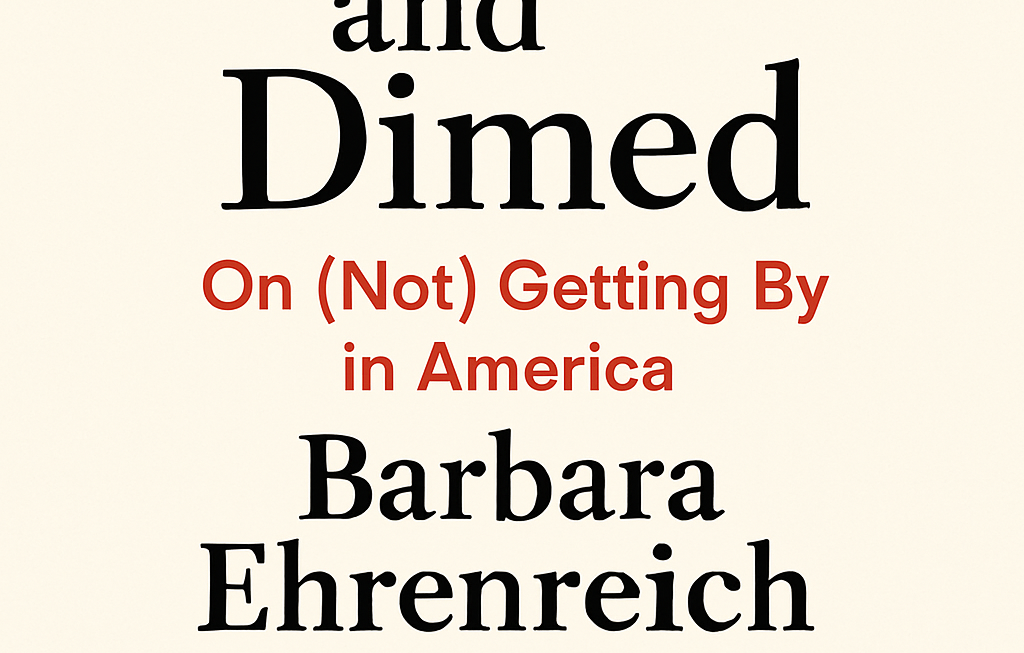Guns, Germs, and Steel: A Legacy Forged in Geography and Controversy
Jared Diamond’s Guns, Germs, and Steel: The Fates of Human Societies, a 1997 Pulitzer Prize winner, isn’t just a book; it’s a tectonic shift in the way we understand human history. This sprawling, ambitious work, penned by the esteemed UCLA professor of geography, boldly challenges long-held assumptions about the disparities between societies. Diamond, a polymath whose expertise spans biology, anthropology, and history, meticulously constructs an argument rooted in environmental determinism. He posits that the seemingly insurmountable gap between technologically advanced Eurasian societies and those elsewhere isn’t a matter of inherent human differences, but rather a consequence of geography: the fertile lands of Eurasia, the domestication of advantageous animals, and the crucial east-west axis facilitating the rapid spread of innovations. His meticulously researched account explores the crucial roles of agriculture, disease, and the very tools of conquest – guns, germs, and steel – in shaping the course of civilization. The book, lauded for its accessibility despite its complex subject matter, sparked intense debates, with critics questioning the deterministic nature of his arguments and others praising its compelling narrative and insightful analysis of the interplay between environment and human destiny. Diamond, however, remains undeterred, continuing to explore the intricate relationship between societies and their environments in subsequent works such as Collapse and The World Until Yesterday. His impact transcends the academic world; Guns, Germs, and Steel continues to provoke and inspire, a testament to its enduring power to reshape our understanding of the human story.
An Exclusive Interview with Jared Diamond
- Question: Your book sparked fierce debate about environmental determinism. Looking back, how do you reconcile the undeniable impact of geography with the agency and choices of human societies?
Answer: The criticism of environmental determinism is valid. My book doesn’t deny the role of human agency, rather it emphasizes the profound constraints and opportunities shaped by the environment. Societies always make choices, but those choices are constrained by their starting points – the environment dictating access to resources, facilitating or hindering technological development, even influencing disease patterns. The interplay between these is dynamic and complex, a dance between possibility and constraint.
- Question: Your interdisciplinary approach is unique. What challenges did you encounter in synthesizing biology, history, and geography into a cohesive narrative?
Answer: The biggest challenge was navigating the inherent complexities of each field while maintaining a clear, understandable narrative for a broad audience. I had to bridge the gaps between specialist vocabularies and abstract concepts, translating them into a language accessible to non-scientists without sacrificing intellectual rigor. The process required countless revisions, and constant self-questioning to ensure the accuracy and accessibility of the work.
- Question: Many critics argue that *Guns, Germs, and Steel* oversimplifies a profoundly complex historical narrative. How do you respond to this criticism?
Answer: Naturally, a single volume can’t fully capture the nuances of millennia of human history. My intent wasn’t to offer a complete account, but to propose a powerful explanatory framework – a new perspective to challenge existing biases. The book highlights broad patterns and influences. There’s always more to say, more detail to explore. But the larger point remains: geography played a defining role.
- Question: Your work has inspired countless scholars and public figures. What aspect of your writing’s reception has surprised or even humbled you the most?
Answer: The most surprising and humbling aspect has been the sheer breadth of impact the book has had on diverse fields and individuals. From historians re-evaluating past narratives to policymakers discussing environmental sustainability, the book’s reception reveals the power of interdisciplinary thought and the enduring relevance of environmental factors.
- Question: The book’s title, “Guns, Germs, and Steel,” is undeniably evocative. Was this deliberate? How did you arrive at this particular phrasing?
Answer: The title was indeed deliberate. It’s meant to be striking and memorable, encapsulating the key elements of the Eurasian advantage. These were the tangible manifestations of their environmental advantages: superior weaponry, devastating diseases, and the technology to conquer. The title served as a hook, inviting the reader to delve into the intricate causal chain leading to that dominance.
- Question: Your subsequent books, such as *Collapse*, seem to build on the themes explored in *Guns, Germs, and Steel*. How has your perspective evolved since publishing your seminal work?
Answer: My thinking has evolved but the core principles remain. *Collapse* delves deeper into the dynamics of societal collapse and resilience, focusing more explicitly on human choices and the crucial role of environmental sustainability. While geography still plays a pivotal role, the later works emphasize the intricate interplay between environment and human choices, highlighting that even environmentally advantaged societies can collapse through poor decision-making.
- Question: Beyond environmental factors, what other crucial factors do you believe shaped the trajectories of human societies?
Answer: While geography is foundational, other significant factors include the nature of political and economic systems, cultural factors, and chance events. The interaction of these elements, alongside environmental pressures, creates a highly intricate tapestry of human history. The interaction of these makes simplistic explanations inadequate.
- Question: Many scholars have attempted to replicate or challenge your methodology. What advice would you offer to aspiring researchers in this field?
Answer: Rigorous data analysis is paramount. Embrace interdisciplinary perspectives, and be aware of inherent biases in existing narratives. Critical self-reflection is essential. Most importantly, be ready to modify or even abandon your initial hypotheses in the face of contradictory evidence. Truth often requires a willingness to revise our own assumptions.
- Question: Looking ahead, what are the most pressing challenges facing humanity concerning the relationship between environment and society?
Answer: Climate change, undoubtedly. Its far-reaching impacts on food security, water resources, and human migration will reshape societies in unprecedented ways. We need proactive and global cooperation to address this challenge, informed by rigorous science and careful consideration of both environmental and societal factors.
- Question: If you could offer one key takeaway from your body of work for a general audience, what would it be?
Answer: That the destinies of human societies are not predetermined; they are a complex interplay of choices and constraints. Understanding the environmental context of human history empowers us to make informed decisions today, decisions crucial to our future sustainability and resilience.


